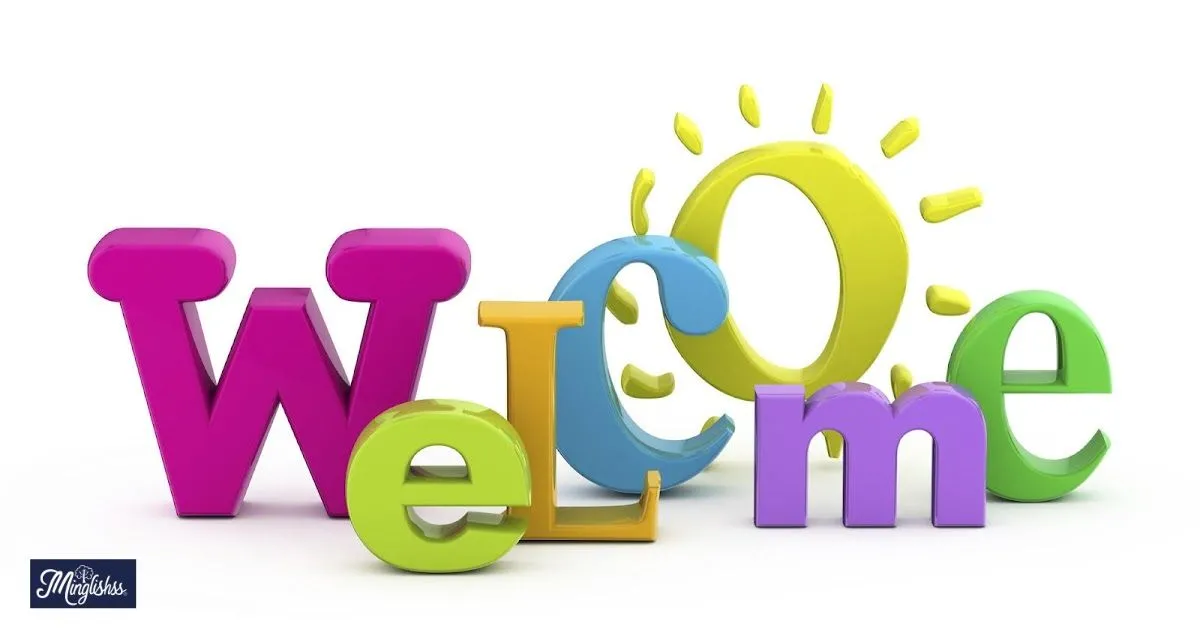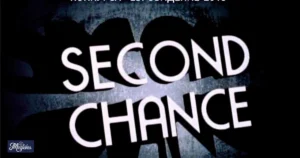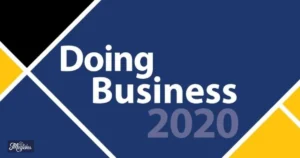“A gracious response can strengthen relationships and foster goodwill.”
When someone expresses gratitude, a simple “You’re welcome” is often the go-to response. However, there are many alternative phrases that can convey the same sentiment while adding a personal touch. Using varied expressions can enhance your communication and make your interactions feel more genuine and engaging.
In this post, we will explore 35 other ways to say “You’re welcome.” Each phrase will be accompanied by a relevant scenario, an explanation of its use, and additional tips to help you choose the right response for different situations. By the end, you’ll have a rich vocabulary of replies that can elevate your conversations.
1. No Problem
Scenario: After a coworker thanks you for assisting on a project.
Explanation: A casual, friendly way to acknowledge thanks without fuss.
Additional Tip: Use this in informal settings where you want to keep the tone light.
2. Anytime
Scenario: A friend expresses gratitude for your help moving furniture.
Explanation: Indicates that you’re always available to assist.
Additional Tip: Perfect for informal interactions among friends or family.
3. My Pleasure
Scenario: When someone thanks you for organizing an event.
Explanation: A polite way to show that you enjoyed helping.
Additional Tip: Great for both formal and informal settings.
4. Don’t Mention It
Scenario: A colleague thanks you for sharing important information.
Explanation: Suggests that the help was not a burden at all.
Additional Tip: Best used in casual or friendly exchanges.
5. Glad to Help
Scenario: When someone appreciates your assistance with a task.
Explanation: Shows that you’re happy to have contributed.
Additional Tip: Use this in both formal and informal communications.
6. You Got It
Scenario: A friend thanks you for picking up lunch.
Explanation: A relaxed, friendly response indicating willingness to help.
Additional Tip: Best for casual settings among friends.
7. No Worries
Scenario: After someone thanks you for covering their shift.
Explanation: A reassuring response that shows you’re not bothered by it.
Additional Tip: Ideal for informal situations.
8. Anytime, Anywhere
Scenario: A colleague expresses gratitude for your support during a meeting.
Explanation: Emphasizes your readiness to assist whenever needed.
Additional Tip: Great for building camaraderie in the workplace.
9. Of Course!
Scenario: When a neighbor thanks you for helping with their garden.
Explanation: A positive and enthusiastic response to gratitude.
Additional Tip: Use this when you want to convey eagerness to help.
10. It’s Nothing
Scenario: After assisting a friend with a favor.
Explanation: Downplays the effort, showing it was a simple task.
Additional Tip: Perfect for casual exchanges.
11. Sure Thing
Scenario: A coworker thanks you for answering their questions.
Explanation: A friendly affirmation that you’re happy to help.
Additional Tip: Use this in informal settings.
12. Absolutely!
Scenario: When someone appreciates your help with a project.
Explanation: Conveys enthusiasm and readiness to assist.
Additional Tip: Great for both personal and professional contexts.
13. Happy to Help

Scenario: When a friend thanks you for listening to them.
Explanation: Shows that you genuinely enjoyed providing support.
Additional Tip: Ideal for emotional or supportive situations.
14. It’s My Pleasure
Scenario: A customer thanks you for exceptional service.
Explanation: Indicates that you took joy in helping them.
Additional Tip: Perfect for customer service settings.
15. You’re Welcome Anytime
Scenario: After hosting a gathering, guests thank you for the invitation.
Explanation: Indicates openness for future visits.
Additional Tip: Use this in friendly or social contexts.
16. I’m Here for You
Scenario: After a friend expresses gratitude for being there in tough times.
Explanation: Shows commitment to supporting them.
Additional Tip: Ideal for meaningful and heartfelt exchanges.
17. No Need to Thank Me
Scenario: When someone thanks you for a small favor.
Explanation: Indicates that the help was willingly given.
Additional Tip: Best for casual interactions.
Other Ways to Say “Thank You for Letting Me Know”
18. You Bet!
Scenario: A coworker thanks you for sharing important files.
Explanation: A cheerful and informal response.
Additional Tip: Use this with colleagues you are friendly with.
19. It’s All Good
Scenario: After helping someone find their lost item.
Explanation: A casual way to show that you were happy to assist.
Additional Tip: Perfect for informal situations.
20. Glad to Be of Service
Scenario: After assisting a client with their needs.
Explanation: A more formal acknowledgment of your support.
Additional Tip: Use this in professional contexts.
21. No Trouble at All
Scenario: When someone thanks you for helping with a task.
Explanation: Suggests that the help was easy for you.
Additional Tip: Ideal for casual interactions.
22. You’re Very Welcome
Scenario: After a friend thanks you for a thoughtful gift.
Explanation: A warm and gracious way to acknowledge thanks.
Additional Tip: Great for personal and heartfelt exchanges.
23. I’m Just Doing My Job
Scenario: When a colleague expresses gratitude for your work.
Explanation: Humble and emphasizes professionalism.
Additional Tip: Use this in formal or workplace settings.
24. No Hassle
Scenario: A friend thanks you for running an errand.
Explanation: Downplays the effort involved in helping.
Additional Tip: Best for informal situations.
25. With Pleasure

Scenario: A customer thanks you for your assistance.
Explanation: A courteous way to express that you enjoyed helping.
Additional Tip: Great for customer service contexts.
26. I Got Your Back
Scenario: When someone expresses gratitude for your support.
Explanation: A friendly and supportive response.
Additional Tip: Use this among friends or close colleagues.
27. Always Happy to Help
Scenario: When a coworker thanks you for assistance.
Explanation: Indicates that you are consistently available to assist.
Additional Tip: Great for building rapport in the workplace.
28. No Big Deal
Scenario: A friend thanks you for helping them with a project.
Explanation: Downplays the effort, showing it was a simple task.
Additional Tip: Perfect for casual exchanges.
29. You’re So Welcome
Scenario: A friend expresses gratitude for your help.
Explanation: A warm and enthusiastic response.
Additional Tip: Use this in friendly situations.
30. Count on Me
Scenario: After helping a colleague with their workload.
Explanation: Shows commitment to being supportive in the future.
Additional Tip: Great for building teamwork and cooperation.
31. You Can Count on Me
Scenario: When someone thanks you for your help.
Explanation: Emphasizes reliability and willingness to assist.
Additional Tip: Ideal for professional and personal contexts.
32. That’s What Friends Are For
Scenario: After helping a friend through a tough time.
Explanation: Highlights the importance of friendship and support.
Additional Tip: Use this in personal interactions.
33. I’m Always Here to Help
Scenario: When someone expresses gratitude for your assistance.
Explanation: Reinforces your availability for future help.
Additional Tip: Great for meaningful relationships.
34. Glad I Could Help
Scenario: A coworker thanks you for your input.
Explanation: Shows satisfaction in being of assistance.
Additional Tip: Use this in both formal and informal situations.
35. My Honor
Scenario: After someone thanks you for a significant favor.
Explanation: Indicates that it was a privilege to help.
Additional Tip: Perfect for formal or respectful exchanges.
Pros and Cons of Using Alternative Phrases
Pros
- Enhances personal connection and rapport.
- Allows for customization based on the relationship and context.
- Can convey emotions or sentiments more effectively.
Cons
- Some phrases may not fit all contexts and could feel out of place.
- Overusing casual phrases in formal settings may undermine professionalism.
Conclusion
Exploring various ways to say “You’re Welcome” can significantly enhance your communication style. By using these 35 alternatives, you can tailor your responses to fit different contexts and relationships, leaving a lasting impression on your recipients.
Remember, the right response can strengthen connections and convey genuine appreciation, so choose wisely and express yourself authentically!

Hi, I’m Zadie Smith: I’m dedicated to helping others master English through practical tips. I enjoy making complex ideas simple and accessible for everyone.










